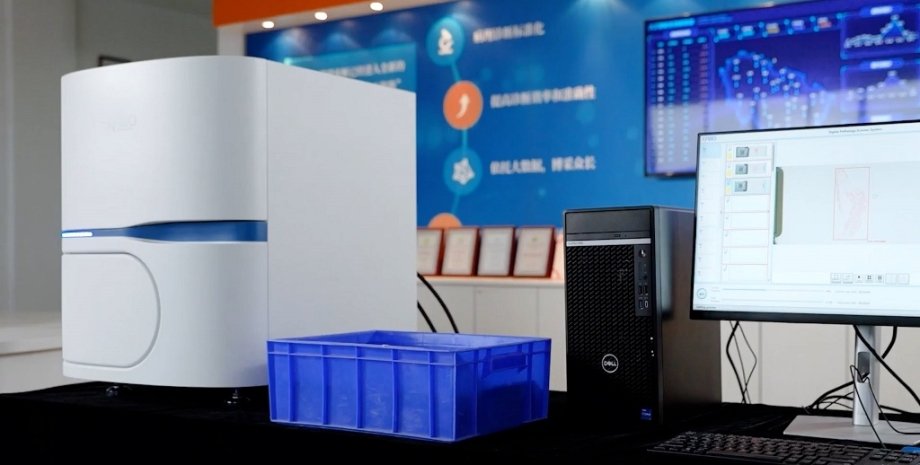
A unique scanner that diagnoses cancer with the help of AI appears in Ukraine
Ukrainian doctors have received a unique scanner that uses artificial intelligence to diagnose cancer while processing histological specimens taken from patients.
Sophia Nikolaienko, pathologist, assistant professor at the Department of Pathological Anatomy at the Bogomolets National Medical University, explained the essence of the technology and how the scanner works.
First, she explained the essence of the traditional method of detecting cancer in patients. According to the doctor, the key method for determining the presence of cancer cells and their characteristics is a biopsy: a doctor takes a tissue sample from a patient and transfers it to a laboratory, where the examination is performed under a microscope. If the histopathologist is unsure of the result or the patient wants an alternative opinion, the samples are sent to another laboratory, city, or country, which can increase the waiting time for a diagnosis to be made to several weeks.
“The advantage of the digital scanner is that it allows for high-quality scanning of a large number of histological specimens in a short time and has intelligent image processing technology,” noted Sofia Nikolaienko.
The scanner has built-in KFBIO AI artificial intelligence based on the DCNN neural network. It is able to analyze histological images and automatically identify affected and suspicious cells. Therefore, the scanner has much greater optical capabilities than conventional microscopes.
In addition, there is a library of more than 43 thousand books. The technology allows artificial intelligence to analyze the image and help the doctor make a diagnosis as accurately as possible. Thanks to the scanner, the doctor only needs to review the slides that the AI considers suspicious or pathological. This means that the scanner reduces the workload on the doctor and the possibility of medical errors. The technology can also be used in veterinary medicine to make highly accurate diagnoses for animals.

